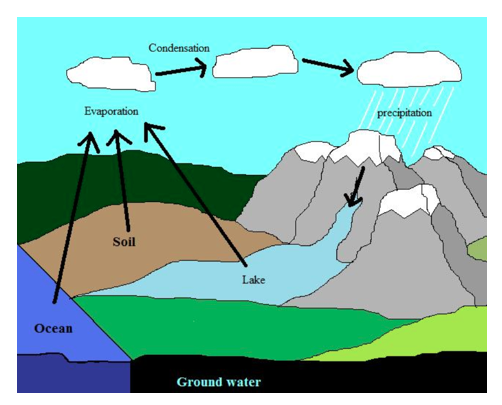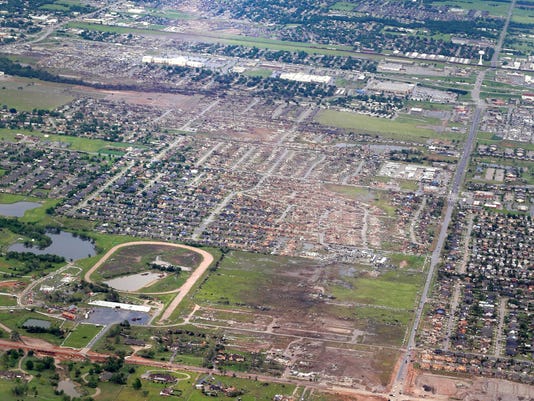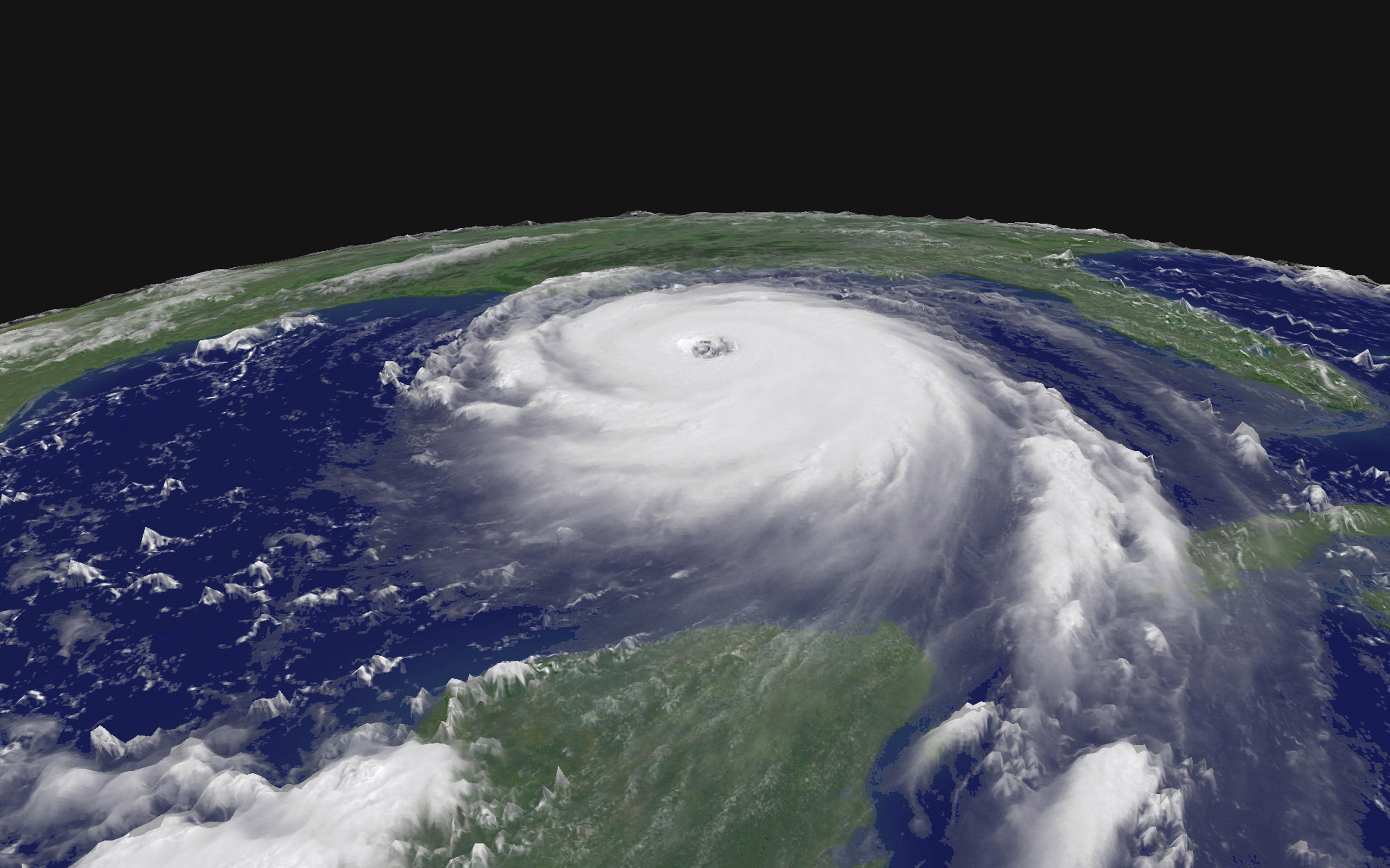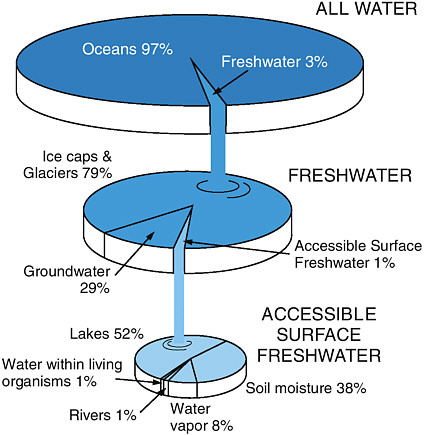Announcements
Applications are now open for PAs in Astronomy 101. Once you have done all the non-essay assignments and the first three essays and had them graded, you can apply by filling in your answers to all the questions in the application form, which can be accessed through the following link:
https://forms.gle/PyfA8KkEoFgxEtpH7
Your application will be judged based on your grades for the assignments, your answers to the questions in the applications form, and your command of the English language. If you have any questions, please send me, your Astronomy Professor, a message.
Lesson 6) The Stuff of Life
Professor Gagarina enters the classroom a minute late with an armful of graded midterms which she passes to her Head Girl to give out. Today the walls are covered in posters displaying clouds and raging storms, placid lakes and oceans, and more damaged buildings. On her desk is a glass orb, like a lunascope or crystal ball, except that it contains a knobbly sphere of ice the size of a walnut at its center.
While the Earth itself supports us and the air around us keeps us alive, there is no life without water: a powerful force that has been the cause of births, deaths, wars, migrations, great human achievements, and terrible losses. Human civilization began, as you learned in your first year of History of Magic, between the Tigris and Euphrates rivers. This is no coincidence, for Earth’s water is what has made us so unique in the solar system and what has brought us here today.
Water, Water Everywhere
Water itself is not actually unique to Earth. Since it is made up of oxygen and hydrogen, both of which are some of the most common elements in the universe, evidence of water has been found at great distances from our solar system. Water can also be found closer to home: Mars is thought to have water ice on its poles, Jupiter’s moon Europa has ice on its surface, water ice makes up a part of Saturn’s rings, and several planets have water vapor as part of their atmospheres as well.
 Saturn courtesy of NASA
Saturn courtesy of NASA
Earth’s water is thought to have come from several sources. The clouds of gas and dust that formed our solar system contained water vapor, often seen as a result of dying stars, this water vapor was pulled into the forming Earth and held close by gravity. Comets, also made up of various ices including water ice, collided with Earth, adding to the concentration of water on the surface of the planet.
 Artist's impression of a comet bringing water to Earth Source
Artist's impression of a comet bringing water to Earth Source
During the early Hadean period, most of Earth’s water existed as water vapor in the atmosphere. This water vapor absorbed a great deal of the Sun’s energy, allowing the ground beneath it to experience more stable temperatures. Since the lowest level of our atmosphere and our weather is influenced by reflected energy, keeping this energy stable allows for a more habitable environment here on Earth. Indeed, the absorption of energy by water vapor allowed the Earth to cool enough for liquid water to collect on the surface.
Nor Any Drop to Drink
There is a lot of water on Earth’s surface; over seventy percent of Earth’s surface is covered in water, but almost all of this water is saltwater in the seas and oceans surrounding the continents. Only two to three percent of Earth’s water is freshwater and most of this is ice in glaciers and the polar ice caps.
This abundance of saltwater is a direct result of the early Hadean period. It was noted astronomer and physicist Sir Edmond Halley who first suggested that the salt in the Earth’s oceans came from water falling on the surface and dissolving the salt found there before becoming part of the ocean, a process called continental weathering. Over a century later, Halley was proven right, though the oceans’ salt also comes from the crust beneath it as well. While there are many sea creatures who live happily in saltwater, humans can only consume freshwater.
Water is Life
Water is not only very abundant on Earth, it is also very important for all life on Earth. Life began in the oceans: here there was light above and water all around, which allowed life to begin and flourish. Most plants and animals not only use water, they have a great deal of water inside them. Water has a high surface tension: water molecules tend to stick to each other more than anything else. This makes water an ideal component of cells, the building blocks of life, because it keeps them together and helps them to hold their shape.
The surface tension of water also allows it to act as an insulator for magical energy. Most of the fresh and salt water on Earth can be considered mundane for this reason. Any magic performed underwater is converted to light and heat almost instantly; no matter what spell you perform; only a flash of light and a jet of boiling water will result. There are a few exceptions, including areas of underwater volcanic activity and some natural springs where water comes into contact with the magical energy of the Earth itself. One of the most well-known is the Kaybatti River in Turkey which originates in a deep underground aquifer. Here the rock of a fault line infuses the water with magical properties before it flows to the surface, where it becomes the forgetfulness-inducing Lethe River Water.
The water content of fluid potions also allows magical energy to be contained and concentrated, whereas spells tend to lose some percentage of their magical energy to light, heat, and reflection off of the target. As water is an imperfect insulator, potions cannot be kept indefinitely, as the Potions Mistress will tell you. Fluid potions also help to transfer magic more directly to a target.
Many things can dissolve in water, making it an ideal method to transport various other chemicals between cells. Water constitutes between half and three quarters of our entire body. Internally, water is used to transport nutrients, break down food for energy, remove waste, and keep us cool through sweating. Plants need water because it is a key ingredient in photosynthesis, where the Sun’s energy is used to split the water molecule to create sugar and oxygen.
The Water Cycle
Earth is unique in the solar system because its position relative to the Sun allows water to exist in all three states: solid, liquid, and gas. The transition of water between these states allows fresh water to be distributed around the world through the the water cycle.

- Evaporation
Arguably the beginning of the water cycle, evaporation is when liquid water is transformed into water vapor, a gas. The sun heats the water’s surface, giving energy to molecules which break away from their fellow molecules and rise into the air. This process is hard to observe in nature, however, if you were to heat a pan of water on the stove you would be able to see steam, water vapor, rising from the surface.
- Condensation
As water vapor rises in the troposphere, the air surrounding it cools. When the water vapor cools to the point at which it again becomes liquid, the dew point, very small drops begin to form in the air. These drops usually form around very tiny solid particles of dust in the upper troposphere. This stage of the water cycle can be seen as clouds in the sky.
These clouds come in many different types, based upon their shape, how high they are, and whether or not they produce precipitation. Clouds in the cirrus family are wispy, thin clouds like feathers or blowing sand. Stratus clouds are generally flat and uniform; darker and denser stratus clouds produce drizzle or snow. Cumulus clouds are the puffy, fluffy clouds we see often. These cloud names are combined for clouds that are a hybrid of two families such as stratocumulus clouds, which are flatter but are broken up instead of being flat and uniform. Most of these cloud types do not produce much, if any, precipitation. Clouds that do produce rain or snow are in the nimbus family (‘nimbus’ is Latin for precipitation). Cumulonimbus clouds start very low but tower high into the air in big, puffy columns; these clouds generally bring rain and thunderstorms. Nimbostratus, though, are low, rolling, dark clouds that produce more steady precipitation.
- Precipitation
As noted above, a few types of clouds produce precipitation. Precipitation occurs when the drops of water in clouds gather together and become too large to be supported in the atmosphere and fall to Earth. Snow, rain, or hail can form, depending on the temperature of the air they fall through.
- Collection
Once water has fallen back to Earth the water often joins a stream, river, lake, or ocean. People have also built reservoirs and even rivers to ensure that water is collected and transported to where it is needed most. Water that falls to the surface can also sink into the earth where it becomes part of aquifers; natural reservoirs that hold water underground. People without access to lakes or streams will dig wells to collect this water. During the winter snow accumulates on mountaintops where it is too cold to melt until spring. This is another of nature’s natural reservoirs: when the snow melts in spring the extra water helps encourage and sustain new growth.
Recipe for Disaster
All weather, storms or clear skies, is the result of the interaction between the Sun and the Earth’s surface, air, and water. The sun warms the Earth’s surface, which reflects more heat into the air above, energizing the air and water vapor, this warm and moist air is less dense. Areas where there is less surface heating have cooler, denser air. The difference in density means that cool air pushes into the warmer, less dense air which causes wind and forms clouds producing rain, snow, and other weather events.
Snow, rain, and wind are common and often harmless, but weather is also a powerful destructive force. Hail can be less destructive, but still very dangerous. Storms producing hail are usually cumulonimbus clouds forming in the interior of continents near mountains. When the sun heats mountains, their surface reflects columns of hot air into the sky; this gives hail the extra lift needed to form. Hailstones are ordinary water droplets in clouds, but currents of warm air send them high enough to freeze, where they begin to fall. Instead of falling completely, however, they simply gather more water in an outer layer before another current of air sends them up to freeze. In the biggest storms, warm air currents can keep hailstones aloft until they grow to the size of oranges!
A friend and fellow graduate of Salem Witches’ Institute lives just outside of Laramie, Wyoming, USA. She graduated with a degree in meteorology and climatological magic and works as a stormchaser and artist. Wyoming’s geography lends itself to hail storms and she preserves them in glass. The specimen you see here fell two years ago.

Tornadoes are often a product of the same storms as hailstones where hot and cold air collide. Tornadoes form when the movement of air at various levels of the tall cumulonimbus clouds makes the clouds spin. As the winds and rotation get faster and faster, a funnel shaped cloud descends to the Earth. On the ground these winds are fast enough to strip trees of their leaves, lift houses from their foundations, and send large debris flying. Tornados are very short lived, most do not last for more than an hour or two, and are on the ground for only minutes. Tornadoes are measured on the Enhanced Fujita scale with EF-1 being the weakest and EF-5 having the fastest, most destructive winds. This scale is based off of the Fujita scale developed in 1971 by meteorologist Tetsuya Fujita. Since there exists no way to accurately measure wind speed inside a tornado, this scale uses the damage to determine the strength of the storm after it has passed.
 Damage from an EF5 tornado in Moore, Oklahoma, USA
Damage from an EF5 tornado in Moore, Oklahoma, USA
Unlike tornadoes, hurricanes form from hot, moist air in the tropics. Hurricanes, also called tropical cyclones, only form over tropical oceans where the water is warmest and evaporation sends large amounts of water vapor into the air. Like tornadoes, this rising air causes rotation. As it gets bigger the rotation increases forming a massive, spinning, disk-shaped storm with an eye in the center. These storms bring heavy rain, damaging winds, and storm surge (large amounts of water pushed by the storm towards the shore). Hurricanes can last for days or weeks, though only if they remain over the ocean. Once a hurricane makes landfall, it loses its energy source and dissipates. Hurricanes are categorized by wind speed. The weakest storms are known as tropical depressions. Tropical storms have faster winds, but are not as strong as hurricanes. Hurricanes are measured on the Saffir-Simpson Hurricane Wind Scale. Like the Enhanced Fujita scale, this too goes from 1-5. However this scale, developed in 1971 by engineer Herbert Saffir and meteorologist Robert Simpson, is based on measurable wind speeds and is used to predict the damage the hurricane will cause.
 Hurricane Katrina, a category 5 hurricane taken by NOAA
Hurricane Katrina, a category 5 hurricane taken by NOAA
Many Western cultures refer to “Mother Nature” as the guiding force for natural phenomena and life on Earth. She is the one who can decide wreak havoc or produce a light rain, and she is the one who gave birth to all life on our planet. Perhaps we should not look for Mother Nature in the flora and the fauna, but in the streams, lakes, and oceans: there can be no life on Earth without water.
That will be all for today, there is a short quiz to complete before you leave today and another essay to be handed in next week. I have to say that I am very pleased with the results of your midterm. Next lesson we will begin our final installment in our story of planet Earth.
If you are interested in being a PA for Astronomy, apply here: https://bit.ly/30kzdEu
- ASTR-201
Enroll






